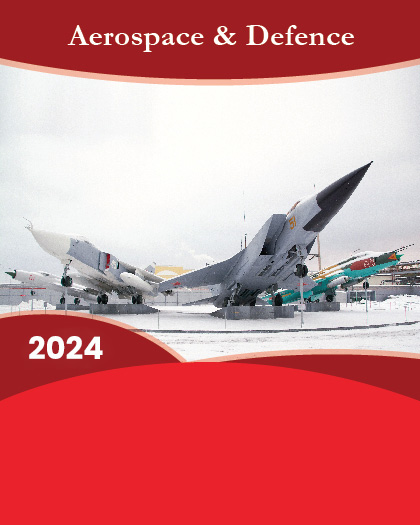
The global Military Laser Systems Market was valued at approximately USD 5.0 billion in 2023 and is projected to expand at a compound annual growth rate (CAGR) of 8.7% from 2024 to 2032, reaching around USD 7.5 billion by 2032. Military laser systems are state-of-the-art technologies employed by armed forces across various applications, including targeting, range finding, and secure communication. These systems are pivotal for enhancing precision in object identification, improving night vision, and providing high-speed, secure communication channels. Beyond these applications, military lasers are increasingly being used for defensive purposes, such as intercepting and neutralizing incoming threats or disabling enemy equipment, thus offering significant tactical advantages through their accuracy, speed, and versatility in various combat scenarios.
Several key drivers are propelling the growth of the military laser systems market. Rapid technological advancements are enhancing the performance and capabilities of these systems, particularly through innovations like high-energy lasers, beam control technologies, and miniaturization. These developments significantly improve the precision, range, and effectiveness of military laser systems, making them indispensable for modern military operations. Moreover, the increased defense budgets of many nations, aimed at modernizing their armed forces, are fueling the demand for advanced military laser systems. Rising geopolitical tensions and emerging threats are further driving investments in these technologies, as they provide effective solutions for missile defense, air defense, and precision strikes. Emerging markets, particularly in the Asia-Pacific, Middle East, and Africa regions, present substantial growth opportunities as these countries ramp up their defense spending and modernize their military capabilities. The integration of laser systems with existing defense platforms-such as fighter jets, naval vessels, and ground vehicles-further expands market potential by enhancing interoperability and offering multifunctional uses.
However, the market faces challenges, particularly the high costs and complexity associated with developing and deploying military laser systems. These systems require significant investment in research, development, and maintenance, which can strain defense budgets. Additionally, the technical challenges involved in integrating these systems into existing military infrastructure can slow market adoption.
North America dominated the military laser systems market in 2023, accounting for approximately USD 2.56 billion and representing a 52.78% share of the global market. The region's growth is driven by increasing terrorism, geopolitical conflicts, and rising demand for laser-based communication in military applications. Additionally, the focus on research and development of next-generation laser weapons is fueling market growth in North America. The Asia-Pacific region holds the second-largest market share, with China leading the market and India experiencing the fastest growth. The demand in this region is driven by the need for high-accuracy, cost-effective, and rapid-response laser systems integrated into various military applications.
Major market players included in this report are:
Northrop Grumman Corporation (US)
Raytheon Technologies Corporation (US)
Lockheed Martin Corporation (US)
Thales Group (France)
L3Harris Technologies Inc. (US)
BAE Systems (UK)
Elbit Systems Ltd (Israel)
Rheinmetall AG (Germany)
Saab AB (Sweden)
FLIR Systems Inc. (US)
Safran Electronics & Defense (France)
Rheinmetall AG (Germany)
Leonardo S.p.A (Italy)
General Atomics (US)
Hensoldt AG (Germany)
The detailed segments and sub-segments of the market are explained below:
By Product Type:
Laser Designator
LIDAR
3D scanning
Laser Weapon
Laser Range Finder
Ring Laser Gyro
Laser Altimeter
Others
By Technology:
Fiber Laser
Solid-state Laser
Chemical Laser
CO2 Laser
Semiconductor Laser
Others
By Application:
Target Designation & Ranging
Guiding Munitions
Directed Energy Weapon
Defensive Countermeasures
Others
By Region:
North America
U.S.
Canada
Europe
UK
Germany
France
Spain
Italy
ROE
Asia Pacific
China
India
Japan
Australia
South Korea
RoAPAC
Latin America
Brazil
Mexico
RoLA
Middle East & Africa
Saudi Arabia
South Africa
RoMEA
Years considered for the study are as follows:
Historical year - 2022
Base year - 2023
Forecast period - 2024 to 2032
Key Takeaways:
Market Estimates & Forecast for 10 years from 2022 to 2032.
Annualized revenues and regional level analysis for each market segment.
Detailed analysis of geographical landscape with Country level analysis of major regions.
Competitive landscape with information on major players in the market.
Analysis of key business strategies and recommendations on future market approach.
Analysis of competitive structure of the market.
Demand side and supply side analysis of the market.
























